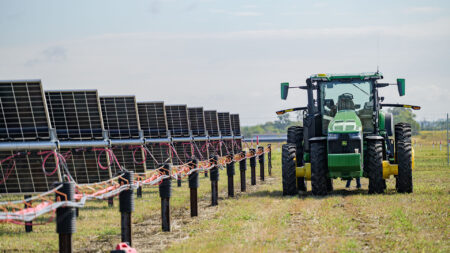News and Events
Industry Insights
Blog | 11 Dec 2025
A Breakthrough Year for Agrivoltaics at Sol Systems
Letters from our CEO

The SOL Source
Sign up for industry-leading data, insights, analysis, and stories from the front lines of commercial and utility Solar.









